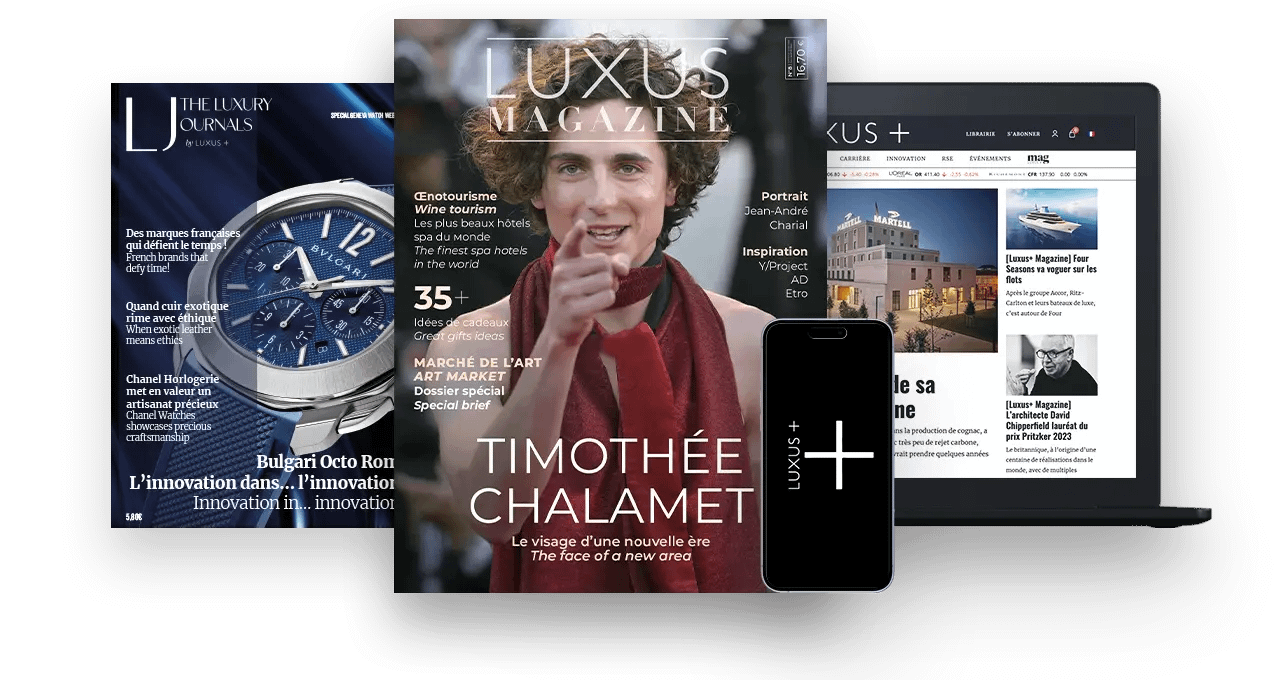Created in 1925 by Jacques Guerlain, Shalimar remains one of the world’s most iconic fragrances. Inspired by an eternal love story, it embodies the exoticism of the Orient, Parisian refinement, and universal sensuality. From its Baccarat bottle to its legendary campaigns and multiple variations, we look back at the saga of this cult fragrance which, a century later, continues to fascinate women and men alike.
The story of an eternal passion
In the 1920s, as Paris basked in the glamour of the Roaring Twenties, Guerlain unveiled what would become one of its crown jewels: Shalimar, “Abode of Love” in Sanskrit.
The fragrance was born from the imagination and creative genius of Jacques Guerlain, heir to a dynasty of visionary perfumers. Inspired by a legend of eternal love, the fragrance is rooted in the romantic story of the Mughal emperor Shah Jahan and his beloved third wife, Mumtaz Mahal. In the heart of 17th-century India, he built the Shalimar Gardens in Lahore in her honor, a place of eternity and serenity. Their passion gave rise to the famous Taj Mahal, a mausoleum erected in tribute to his wife, who tragically died from hemorrhaging shortly after the birth of their fourteenth child.

It was while discovering these gardens during his travels that Jacques Guerlain had the idea of translating the quintessence of this absolute love and oriental sensuality into a fragrance. Guided by this inspiration, he set about reworking the formula for Jicky (created in 1889 by Aimé Guerlain), adding an extra dose of ethylvanillin – a synthetic vanilla – a move that would give birth to Shalimar.
First oriental amber fragrance
Read also > [The little story of luxury] Le Bristol, the oldest of Paris’s luxury hotels
Featured photo : Guerlain’s Shalimar, Millésime Vanille edition © Guerlain




















